This time, we will present to you some less-known local flavors of Beijing. Save this article if you are looking for "hidden gems"!
01 Try Homemade Sesame Butter Flatbread at the Mutton Soup & Sesame Buns Restaurant near the 798 Art District

The sesame butter flatbread it offers has more sesame butter and features more reasonable prices. Just a bite of the sweet, salty sesame butter tickles the taste buds and conquers the heart. Your worries about calorie intake will melt away.
02 Walk to Menkuang Hutong Bainian Luzhu (Xinjiekou Branch) to Eat Luzhu
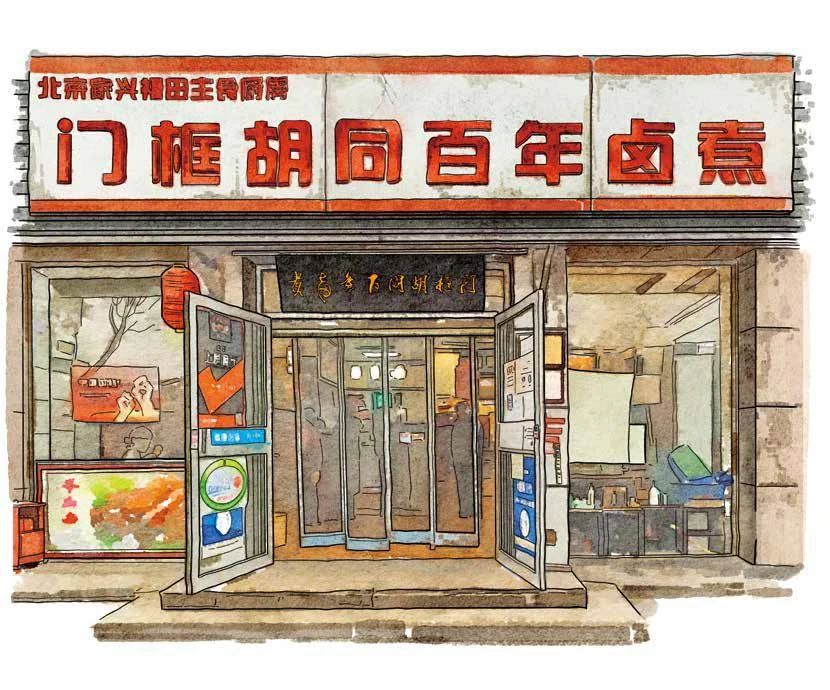
Hidden in the crowded old district, the Xinjiekou Branch of Menkuang Hutong Bainian Luzhu meets all expectations for an Internet-famous eatery (small, old but popular). It should be noticed that this restaurant doesn't offer on-site parking.
03 Count Celebrity Photos at the Fengyuanchun Spring Pancake Restaurant
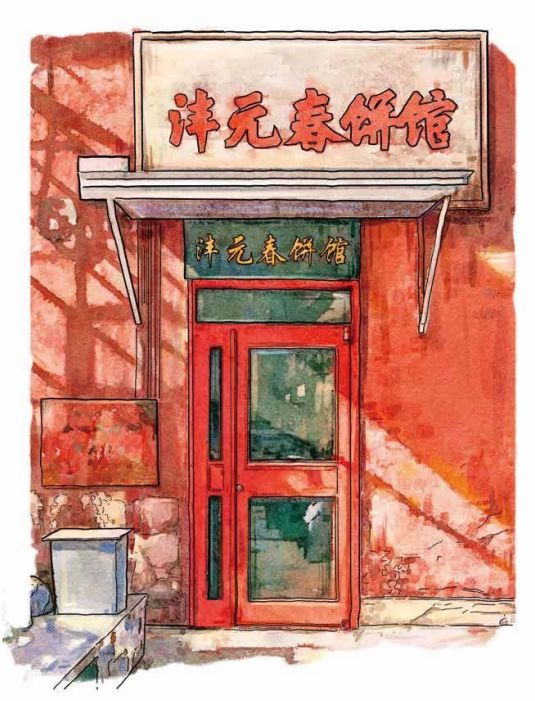
One of the restaurant's signature dishes is stir-fried assorted vegetables. Despite its name, the dish may also contain meat. The most common ingredients include mung bean sprouts, Chinese leeks, eggs, wood ear mushrooms, and glass noodles. The dish pairs well with a bowl of bangzha (minced corn) congee.
04 Taste Beile Red Bean Rolls at the Gongmenkou Steamed Bun Shop
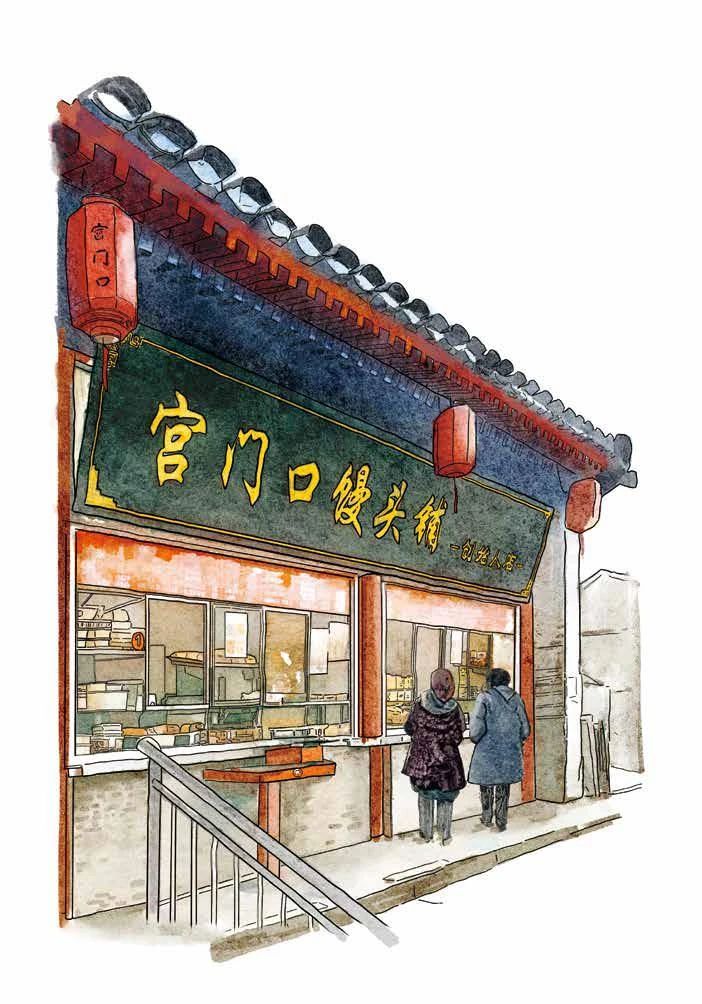
Back in the 1990s, few families in Beijing had an oven, let alone air fryers. In this context, steamed sugar rolls were one of the few sweet pastries that a mother could prepare for her kids. The secret to cooking sugared rolls is to add as much brown sugar and sesame butter as possible. When the steamed rolls are ready, the sugar and butter seem to overflow.
05 Try Pickled Mustard Chinese Cabbage after a Bowl of Luzhu at Xiaochang Chen's Restaurant

Pickled mustard Chinese cabbage is a unique cold dish of Beijing cuisine, with a pungent taste comparable to that of douzhir or fried stinky tofu. A single bite is enough to make one shed streams of tears and snivel. However, the dish remains popular among elderly Beijingers. The luzhu offered by Xiaochang Chen's Restaurant is greasy and savory. Eating it with pickled mustard Chinese cabbage will relieve pressure on the digestive system, and its refreshing effect feels like enjoying a wonderful performance of Peking Opera.
(Sources: China Pictorial Press, Information Office of Beijing Municipality)
Source: BeijingService

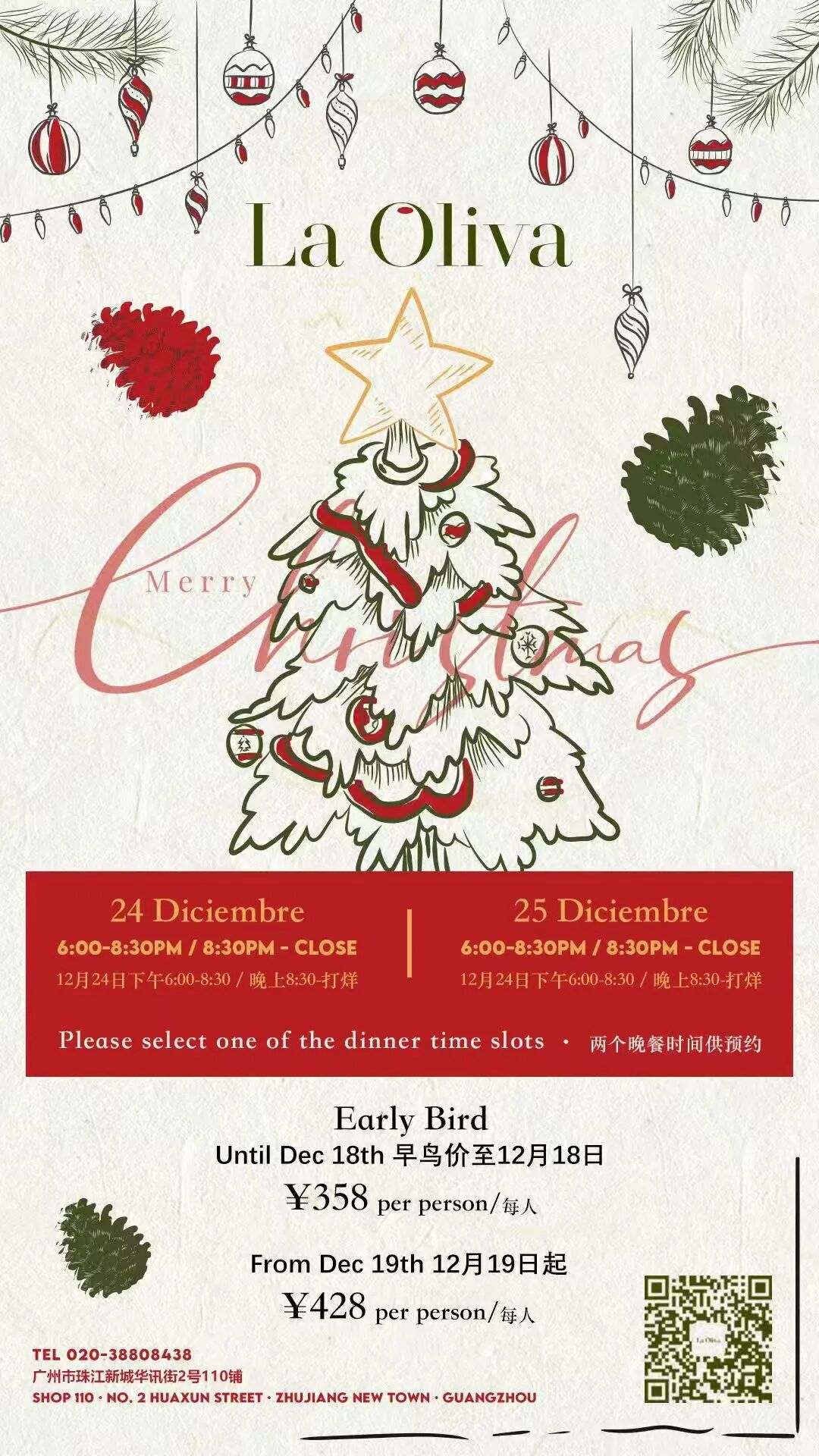
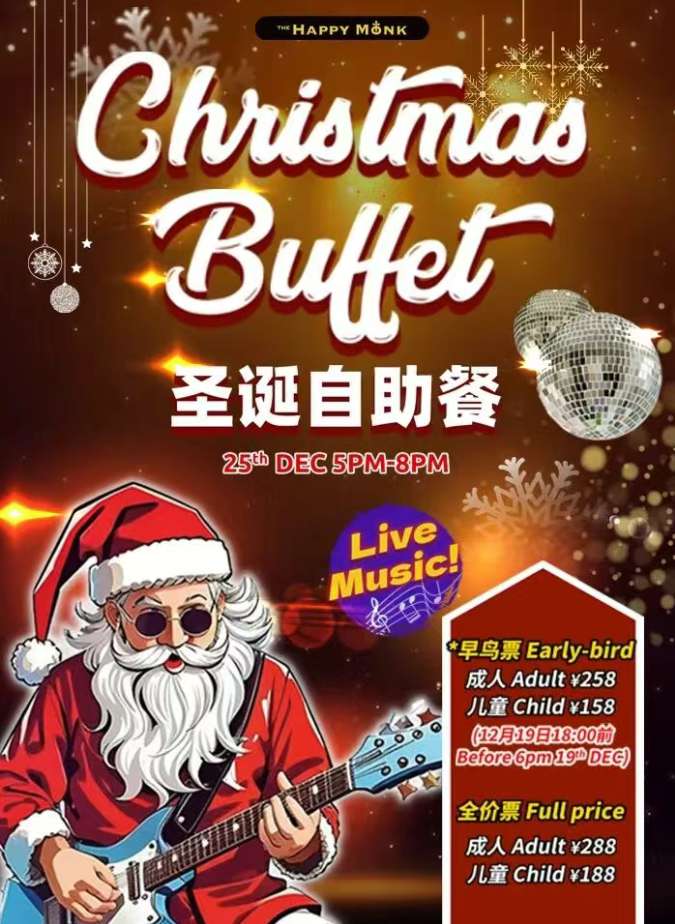

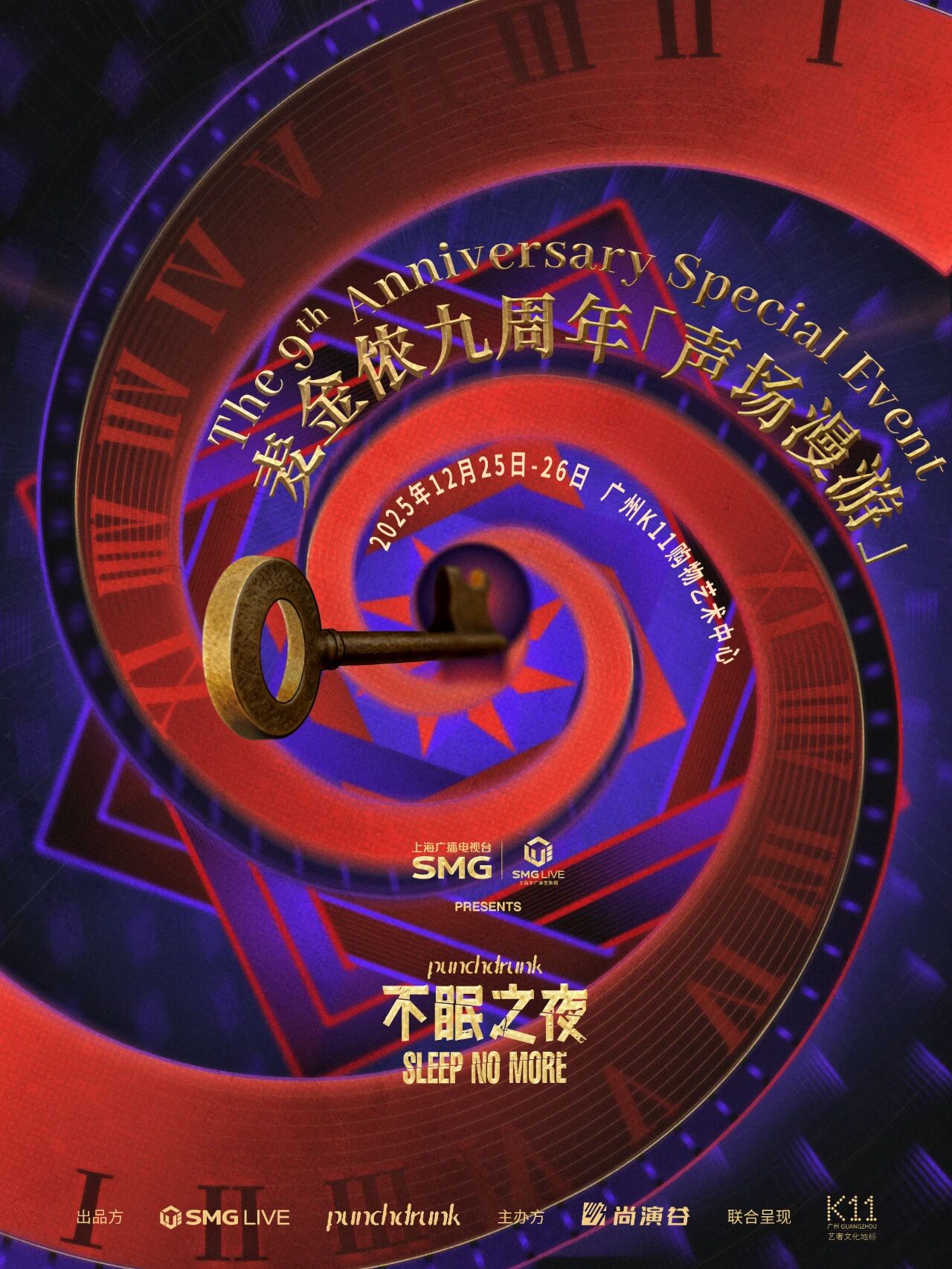



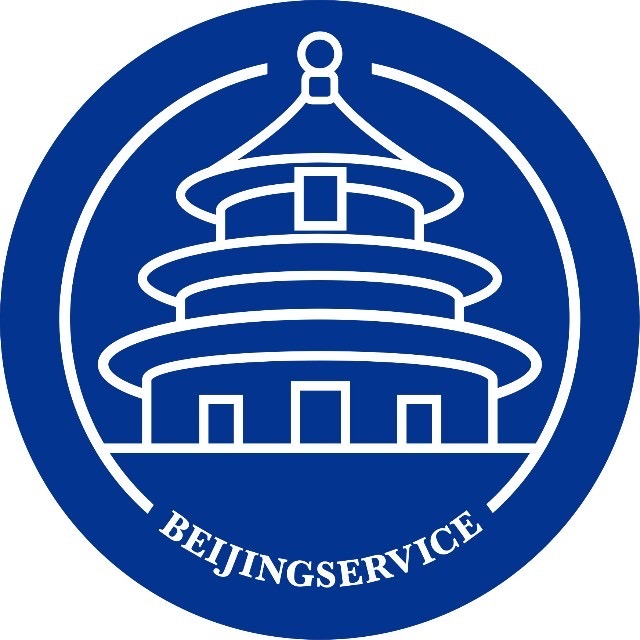




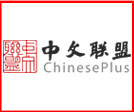
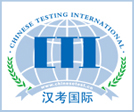
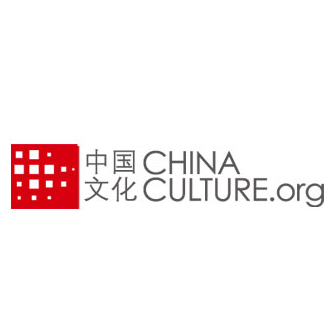
 京公网安备
京公网安备